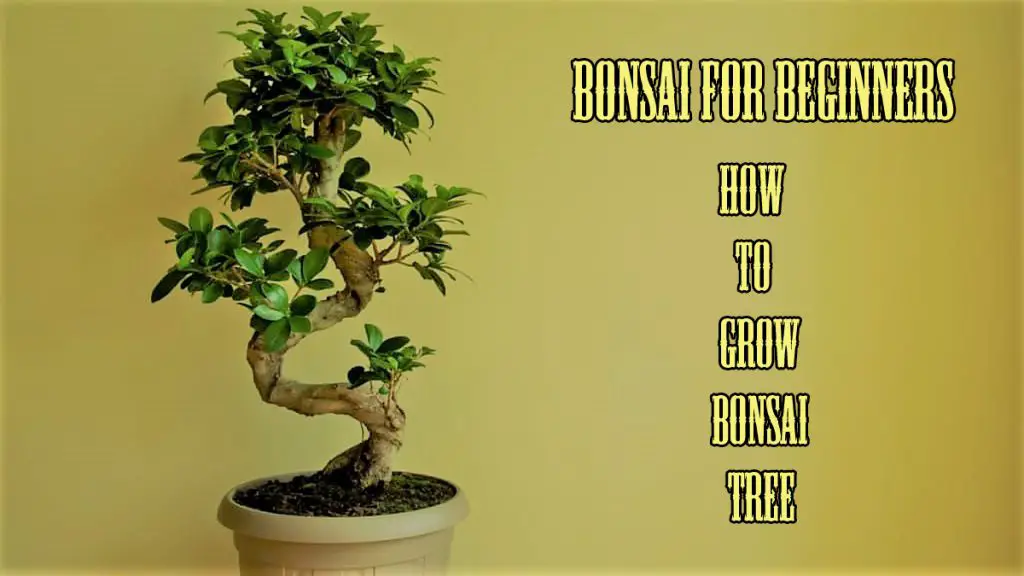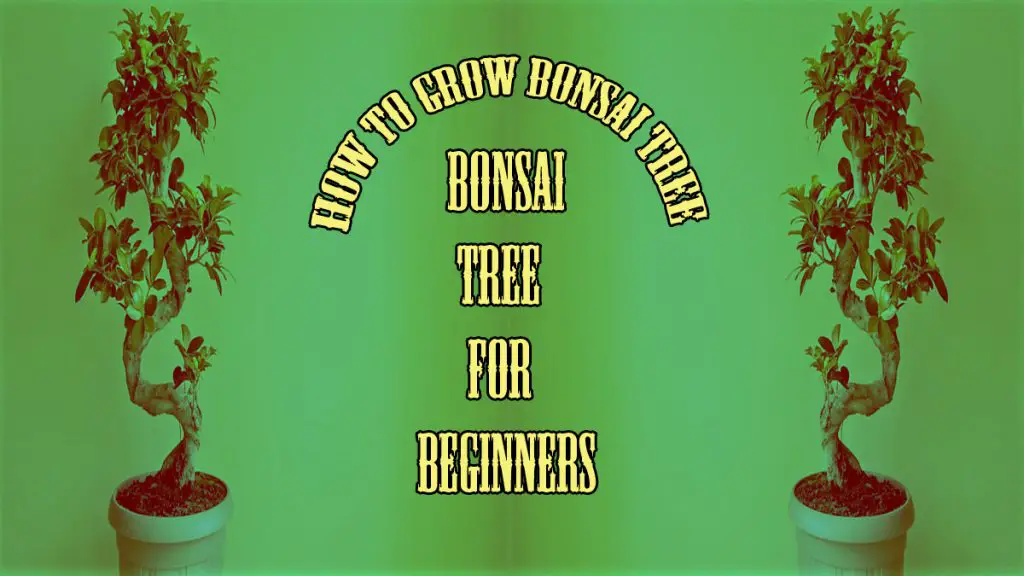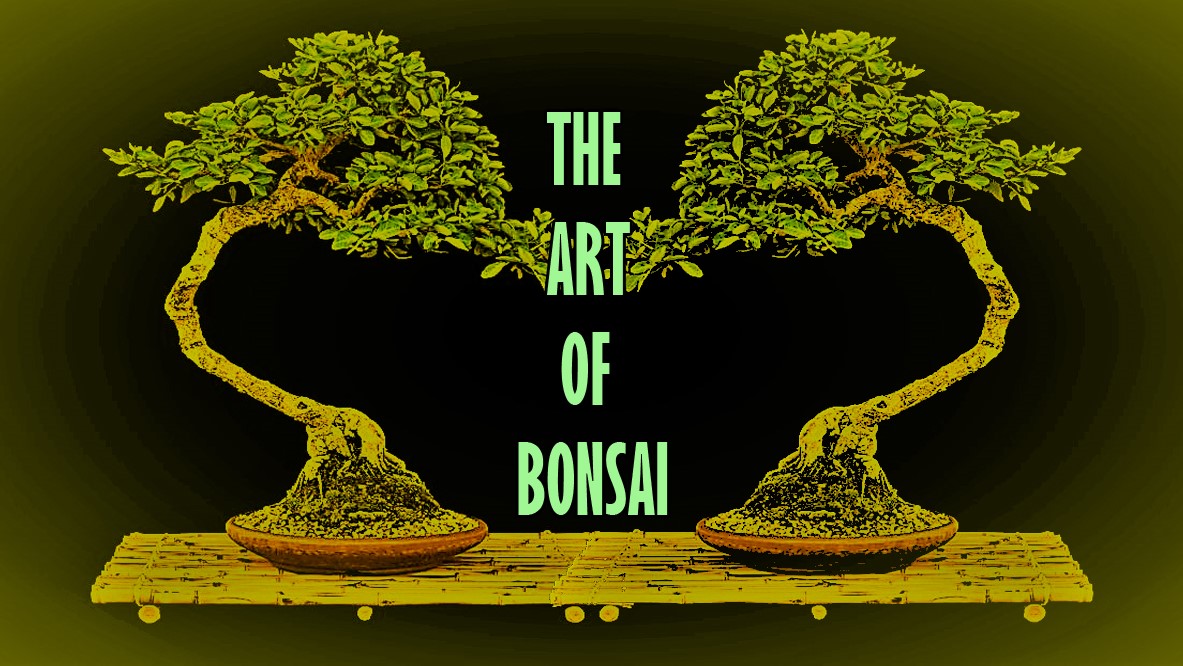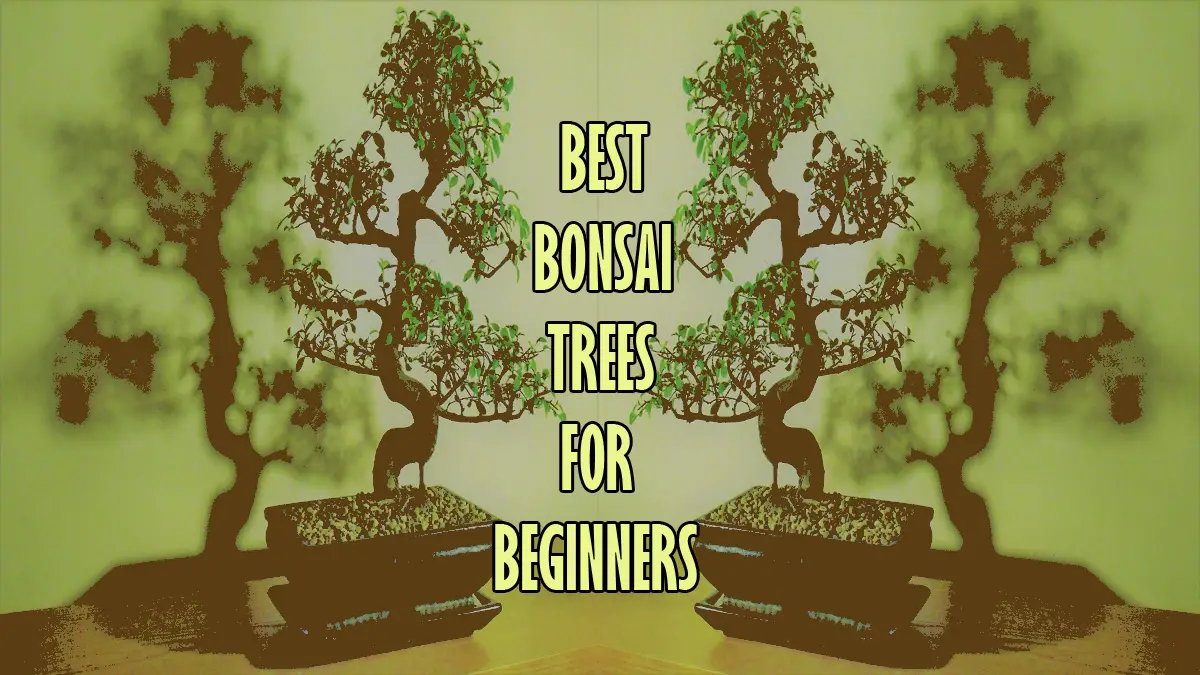If you are looking for a guide to make bonsai properly, then welcome here. You are exactly in the right place. Here, we are going to talk about bonsai and how to grow a bonsai tree which would be a great guidance for bonsai beginners.
Bonsai trees are common in high-end offices. To achieve an exquisite aesthetic, miniature trees are frequently used in workplace design areas.
Basically, a bonsai tree is not very cheap to purchase and has a high price tag. So it is very good to make a bonsai on your own. You’ll also be pleased to learn that you can create bonsai at a reasonable price.
In this article, we are trying to discuss how we can grow a suitable tree and prepare it by training it to a bonsai. Hopefully, it will be a great guide to beginners who are truly passionate about making bonsai.
Related Article: The Art of Bonsai: Making of Stunning Miniature Trees
You may also read: Ming Aralia Bonsai Trees: A Unique Addition to Your Garden

Related Article: The Top 10 Best Bonsai Trees for Beginners
You may also read: The Fascinating World of Acacia Bonsai Tree
Bonsai Are Not Indoor Trees
The appeal of bonsai makes everyone fall in love with it. As a matter of fact, some bonsai for beginners are truly mind blowing for indoor spaces and create the different scene of interior.
There is a common misconception that bonsai trees are grown indoors. Actually, bonsai require water and sunlight to remain green, just like other trees do.
Now, you can ask me, “What about the bonsai trees used indoors?” So, the answer is, there are some trees which can be grown inside. Those tree species are used to keep things inside.
In reality, we cannot modify the genetics of bonsai trees. We just can train them to grow in small sizes and miniature shapes of a full grown tree of the same species.
What will happen if we place a bonsai tree on the ground? You’ll be mesmerized by knowing that it will be a full grown tree within some days.
Related Article: Bonsai Species: A Comprehensive Guide to Stunning Miniature Trees
Bonsai Tools to Make Bonsai Properly
To properly care for and maintain bonsai trees, you’ll need a few essential tools. Basically, these tools are specifically designed to help you shape, prune, and care for your bonsai tree effectively. Here are some essential bonsai tools:
- Bonsai Shears/Scissors: These are essential for pruning and shaping the branches and foliage of your bonsai tree. Bonsai shears have short, sharp blades that allow you to make precise cuts without damaging the tree.
- Concave Branch Cutter: This tool is used for removing larger branches. The concave shape of the cutter creates a small indentation in the trunk, which helps the wound heal more effectively and blend in with the surrounding bark.
- Knob Cutter: Knob cutters are used for removing knobs, stubs, or unwanted branches. They have a rounded jaw that enables you to cut close to the trunk without leaving a visible mark.
- Wire Cutters: Wire cutters are used to cut and remove wire from branches. When styling bonsai, wires are often used to shape and guide branches. Wire cutters have a rounded cutting edge that helps prevent damage to the tree when removing the wire.
- Bonsai Root Hook: This tool is used to carefully comb and separate the roots during repotting or root pruning. The hook helps to loosen the soil and untangle the roots without causing excessive damage.
Some More Effective Tools
As a bonsai enthusiast, you have to know about bonsai tools that are genuinely practical bonsai for beginners.
- Bonsai Tweezers: Tweezers are handy for removing debris, dead leaves, or insects from the soil surface. They are also helpful when working with small or delicate bonsai trees.
- Broom/Rake: A small broom or rake is useful for tidying up the soil surface, removing debris, and gently smoothing the top layer of the soil.
- Watering Can: A bonsai-specific watering can with a fine nozzle allows you to water your tree gently and evenly, preventing over-watering and ensuring proper hydration.
- Bonsai Turntable: A rotating turntable is not essential but can be beneficial when styling and pruning your bonsai tree. It allows you to easily access different angles and work on all sides of the tree without constantly repositioning it.
- Root Trimming Scissors: These scissors have a long, slender shape and sharp blades, specifically designed for trimming and pruning roots during repotting or root maintenance.
Remember to clean and maintain your bonsai tools after each use to keep them sharp and in good condition. Quality tools will last longer and provide better results. It’s also a good idea to wear protective gloves and eye goggles when working with sharp tools or chemicals.
Related Article: Bonsai Pruning Techniques: Master the Art of Miniature Trees
How to Grow a Bonsai Tree
Here, we are going to discuss how to grow a bonsai tree properly and the essential steps to make it a standard one.
Bonsai Techniques
When you are intending to make bonsai, the first thing you have to consider is choosing the tree species. That tree species must be well suited to the local climate.
The second is to take care of or treat that tree. To treat a bonsai, there are three procedures to go through. They are: cultivation, style, and care.
Growing and cultivation
The first step in cultivation is to choose a tree species. And this is prescribed: you should choose a tree from that local area that will adapt easily there.
Now you’ve got to decide whether you want to put it inside or outside. If you choose inside, you’ll have very few options to choose from. But if you choose outside, you’ll have a large collection.
But if you ask my opinion, I’ll suggest you choose an indigenous variety and keep it outside. I can show you a quick path if you are interested. Buy a pre-bonsai tree from a nursery, prune it, train it, and make your own bonsai.
Styling
Styling techniques are not easy to learn. To prune and wire in a fine fashion, it takes an experienced hand. But we can share some basic and easy rules to start.
To style a tree, the first technique we have to follow is pruning. You need to thin the branches first. Use a good pair of concave cutters to prune.
When you find two or more branches with the same height and shape, keep one of them. And if you find any thick or thin branches that don’t look good, leave them.
After pruning, there is wiring. It’s a bit technical, I’ll say. It’s a tough job to master. So, you have to be careful when you are wiring a branch.
Now, you can style it in your own way. You can twist the branch as carefully as you wish. The wiring should be undone after a year. If you keep it longer, the wire will dig into the branch.
Maintenance
Indeed, maintenance is the main part of making bonsai. There are some points to follow:
- Watering needs to be regular (once a day) and adequate.
- Repotting must be done more or less every two years.
Keep an eye on your bonsai; if the soil looks dry, you should water the plant. And if you see roots coming out, you should repot it with a good soil mixture.
To know more about Bonsai, Go Here >>>
Related Article: Best Bonsai Watering Cans Effective For Nurturing Bonsai
Related Article: Are Bonsai Trees Hard to Take Care of? Debunking Myths
Conclusion
Indeed, bonsai is a touch of artistry where loving care and nurture is mandatory. However, it is hard to make a bonsai properly for beginners. But if you are passionate about bonsai and try the process you will be able to make it properly.
Basically, the art of bonsai is ancient. People started it many, many years ago. It’s not easy at first glance. But if you are compassionate, you’ll succeed.
You just have to follow the basic steps one at a time. Then, after some years, I’m sure you’ll fly. Best of luck, and tada.
Related Article: Best Bonsai Tools To Make A Proper Bonsai
Related Article: How to Repot a Bonsai for Beginners: A Comprehensive Guide
You may also read: Best Bonsai Pots: Elevate Your Miniature Trees with Style




Pingback: 10 Best Bonsai Trees for Beginners - Dwell Gardens
Pingback: Best Bonsai Tools To Make A Proper Bonsai - Dwell Gardens
Pingback: The 7 Best Bonsai Watering Cans Effective For Nurturing Bonsai - Dwell Gardens
Pingback: Ming Aralia Bonsai Trees: A Unique Addition to Your Garden - Dwell Gardens
Pingback: How to Repot a Bonsai for Beginners: A Comprehensive Guide - Dwell Gardens
Pingback: Bonsai Soil Mix: Essential Ingredients for Healthy Growth - Dwell Gardens